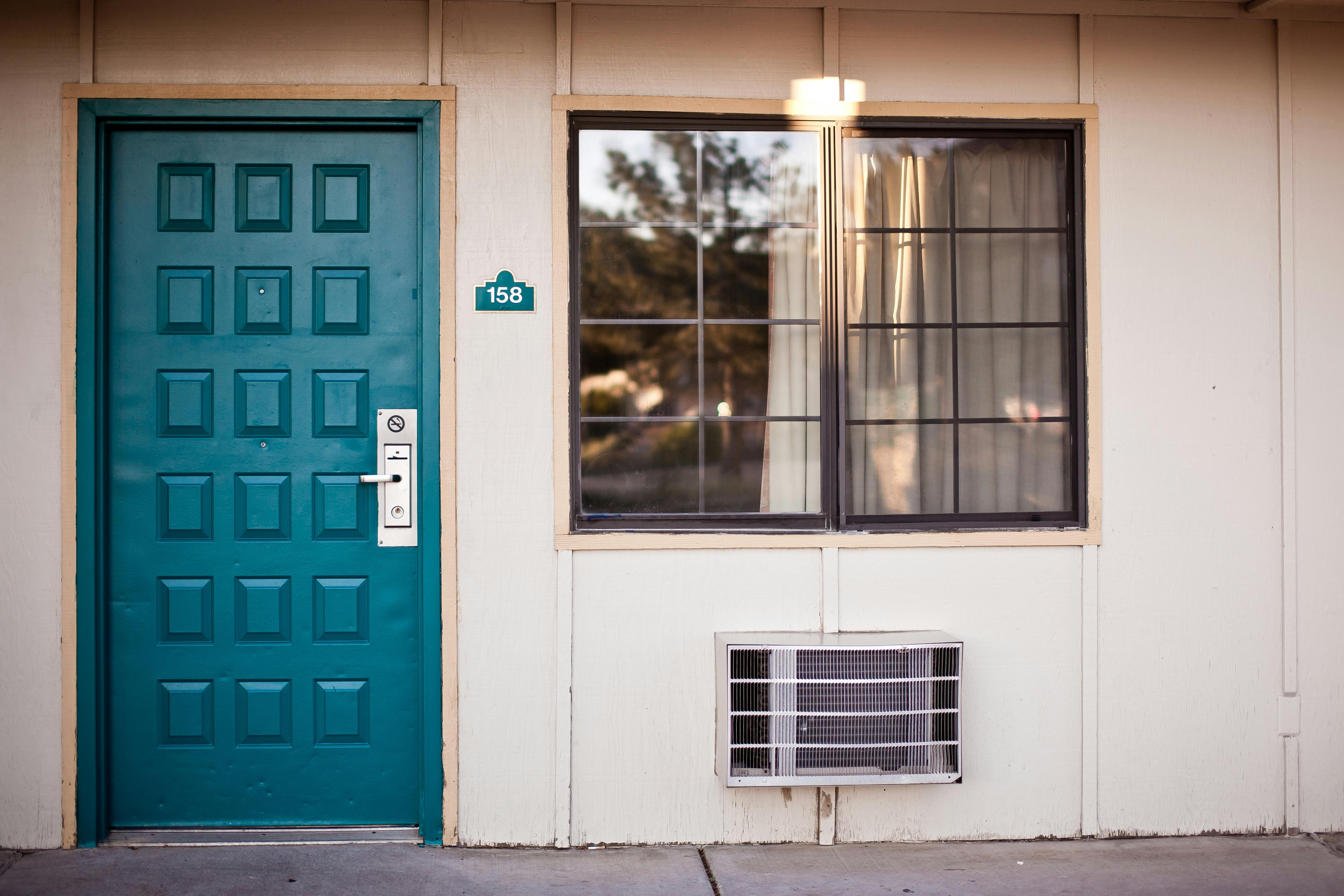There’s no reason to limit faux paint in your home to just the walls. Have you considered that the same paint finish would look just as good on your floor? This is especially true if you have a concrete floor; You should definitely consider painting it. If only for offering a cost effective solution to cover your floor; the painting process can also be a lot of fun.
Sponge painting your floors is a great way to start if you don’t have a particular design in mind. It’s also one of the easiest ways to end up with a design on your floor that makes it look just like you planned from the start… no one will notice any different. After all, most other types of false floor painting involve trying to match a particular design type. Sponge painting, on the other hand, is just one way to make a pattern on the floor.
To sponge paint your floor, you will need to prepare the floor in the same way that you would prepare it for any other type of painting in your home. First things first: you need to wash the floor with a strong cleaning solution. This is for you to clean out any dirt that may have been ground in the past. This is also a good way to get rid of any marks that may have been left on the floor of rubber footed furniture.
If there are still rough spots on the floor, you will need to sand them down. You don’t need to have a floor that is 1000% flat, but having a clean, level surface to paint on will make your life so much easier during the sponge painting phase. Do not cause yourself unnecessary discomfort by doing this type of work.
Sponge painting will require two different colors of paint. Most people opt for complementary colors or for two different shades of the same color. For example, if you’re looking for a blue floor, you could layer a lighter shade of blue with a darker blue on top.
After you have allowed the base coat to dry for a full day, you need to add the second coat of paint. Essentially, sponge painting on your floor will work the same way as it does on your walls. Just be sure to use the sponge to lift the second coat of paint in some areas, rather than using it to apply that coat of paint; otherwise you could ruin the effect you’re trying to achieve.
